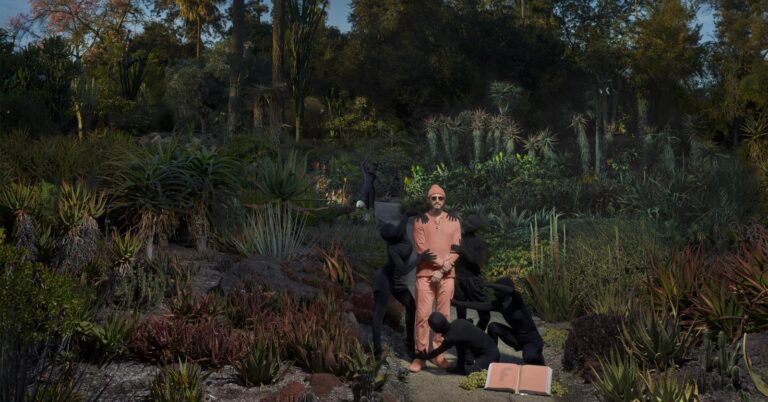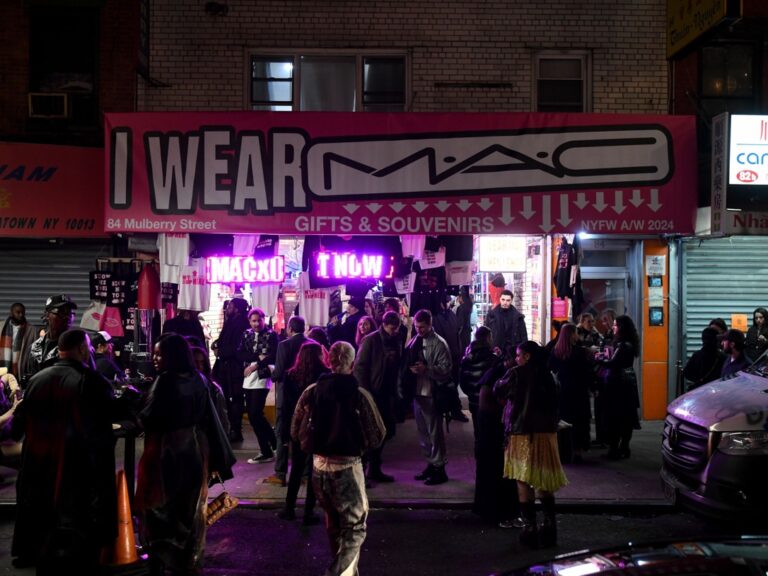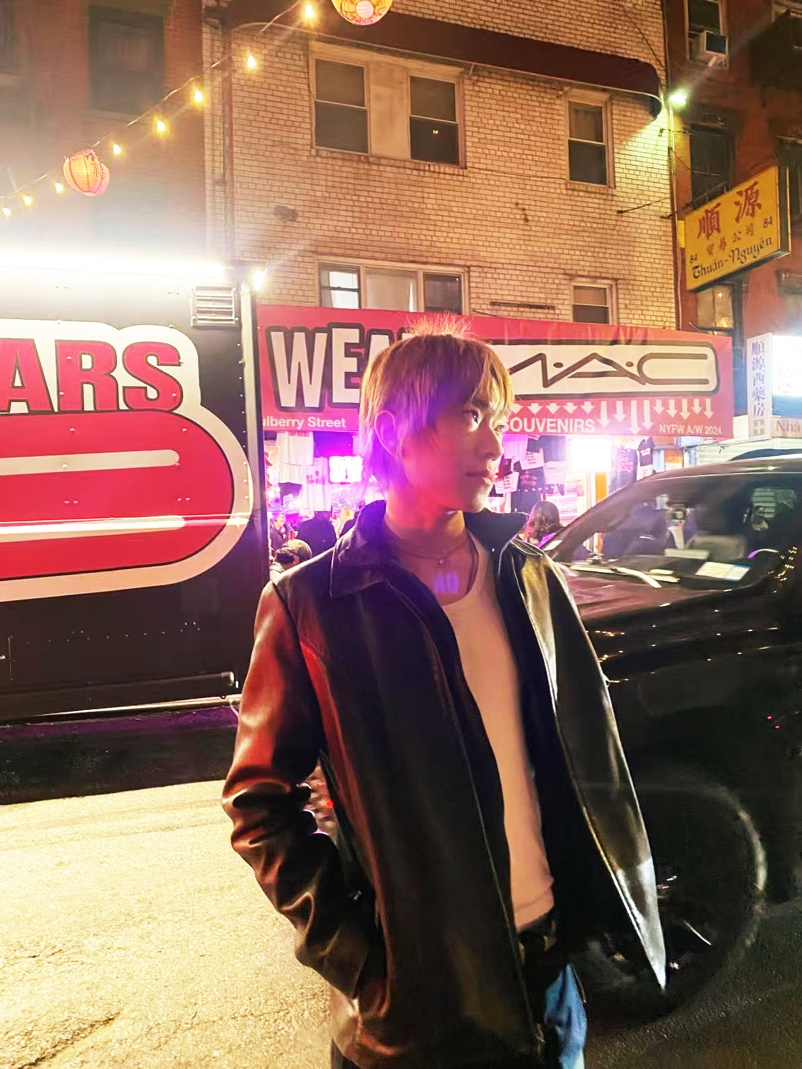Traveling has evolved dramatically over the years, and so have our preferences for how we experience the world. Gone are the days when timeshares were seen as the ultimate way to secure a slice of paradise. Modern travelers seek flexibility, spontaneity, and unique experiences that traditional timeshares often struggle to deliver.
As our priorities shift towards personalization and freedom, the rigid structure of timeshares feels increasingly outdated. We’re no longer content with being tied to the same location or schedule year after year. Instead, we crave the ability to explore diverse destinations and craft bespoke adventures that truly reflect our lifestyles. This shift is particularly important for gaming enthusiasts who want to merge travel with their passions, as highlighted in this guide on navigating travel as a gamer.
This cultural shift isn’t just about travel trends; it reflects how we value our time and money. Let’s delve into why timeshares are losing their appeal and what’s driving this new wave of travel preferences.
Understanding Timeshares: A Brief Overview
Timeshares represent a long-established model in the travel industry, giving individuals shared ownership of a holiday property. Their appeal has waned in recent years, reflecting broader changes in consumer preferences.
What Are Timeshares?
Timeshares typically involve partial ownership or long-term lease agreements for specific vacation properties. Buyers secure rights to use the property for a set period annually, often for one or two weeks. The concept emerged in the 1960s to cater to travelers seeking cost-effective, guaranteed holiday options.
The Appeal Of Traditional Timeshares
Traditional timeshares became popular due to affordability and stability. Owners could enjoy predictable, lower-cost holidays compared to booking hotels. These arrangements suited those with fixed travel schedules, prioritizing convenience and consistent destinations over variety.
The Rise Of Modern Travellers
Modern Millennial and Gen Z travelers have redefined how the world approaches travel. Their preferences emphasize technology, freedom, and personalized experiences.
Changing Travel Preferences
Technological advances have shaped how people explore. Platforms like Airbnb and Booking.com offer accommodations ranging from urban flats to secluded cottages. These options cater to varied budgets and allow users to connect with hosts directly, bypassing traditional models like timeshares. With an internet connection, a traveler can compare reviews, secure a booking, and plan trips in minutes.
Meanwhile, these generations yearn for experiences over ownership. Timeshares limit choice to one location or a set roster, clashing with the desire for spontaneity. Contrastingly, platforms supporting varied stays let users explore new cities monthly or embark on short, spontaneous trips whenever needed.
The Importance Of Flexibility And Independence
Flexibility has become central to modern travel. Unlike the rigid schedules timeshares impose, digital booking services accommodate travelers’ constantly changing plans. Last-minute changes no longer disrupt itineraries since rebooking is often easier and cheaper online.
Independence is equally valued. Modern tourists often travel solo or curate trips reflecting personal interests. Instead of being tied to vacation routines, digital tools foster unique experiences, like staying overnight in a rural farmhouse or by the seaside. For many, timeshares now feel restricted against these adaptable and diverse options.
The Downside Of Timeshares In Modern Travel
Timeshares no longer meet the needs of modern travelers. Their rigid structures and financial drawbacks overshadow their initial appeal. For those looking to exit their contracts, timeshare cancellation services offer solutions to help navigate the complex process. The shift towards more dynamic, environmentally aware travel options has diminished their relevance.
Financial Constraints And Long-Term Commitments
Timeshares impose escalating financial burdens, making them less appealing. Maintenance fees, which often rise annually, can become unsustainable for many. Special assessments add to this strain, particularly for aging properties requiring renovations. Additionally, the low resale value of timeshares discourages long-term commitments. Most are sold far less than the original price, offering little return on investment. Financial risks persist due to high upfront costs, leading buyers to overspend without anticipating recurring expenses.
Limited Vacation Options And Restrictions
Timeshares restrict freedom by tying owners to specific properties or networks, reducing variety in holiday planning. Though marketed as solutions, exchange programs often come with added fees or limited availability. While once a convenience, this structure hinders the growing demand for personalized travel experiences. The rise of digital platforms offering vast choices has made these restrictions unappealing. Flexibility has become essential for modern travellers, and timeshares provide little room for spontaneous trips or unique locations outside predetermined areas.
Environmental Impact And Sustainability Concerns
Environmental considerations have further tarnished the image of timeshares. Maintaining often underutilized properties requires high energy consumption, raising sustainability issues. These properties’ carbon footprints contrast with eco-conscious travel trends like carbon-offset programs or stays in eco-lodges. Many timeshares are located in areas strained by tourism, amplifying local environmental pressure. As awareness of sustainable practices grows, the fixed, resource-heavy model of timeshares becomes harder to justify for environmentally conscious individuals.
| Key Downsides | Examples | Impact on Travellers |
| Rising Maintenance Fees | Annual increases in costs | Financial strain over time |
| Limited Vacation Choices | Restricted destinations | Reduced spontaneity and variety |
| Environmental Concerns | Energy use, tourism pressure | Misalignment with eco priorities |
The Cultural Shift In The Travel Industry
The travel industry has experienced a dramatic shift as modern preferences reshape holiday planning. Travelers now seek flexibility, diverse experiences, and personal connections over traditional, static arrangements like timeshares.
Social Media And Travellers’ Aspirations
Social media influences how we choose destinations and design travel itineraries. Platforms like Instagram and TikTok showcase unique, picturesque locations, driving our desire for extraordinary experiences. Users aspire to replicate trending travel moments, prioritizing memorable encounters over traditional offerings. By sharing travel stories and insights, these platforms have accelerated our move away from structured holiday models like timeshares.
Emphasis On Personalisation And Authenticity
Modern travelers value authenticity and personalized experiences when selecting holiday plans. Many want tailored itineraries reflecting individual interests, moving away from generic or repetitive stays. For example, home-sharing platforms enable us to connect with local hosts, offering immersive insights into regional culture and lifestyle. Personalized travel fosters deeper engagement with destinations, providing flexibility unmatched by restrictive options like timeshares. This trend has reinforced the cultural shift towards meaningful, bespoke travel journeys.
Conclusion
The way we travel continues to evolve, reflecting a deeper desire for freedom, personalization, and meaningful experiences. Timeshares, once a staple of predictable holidays, no longer align with the dynamic needs of modern travellers who prioritize flexibility and variety.
As technology and cultural values reshape the industry, we clearly prefer options that offer spontaneity, authenticity, and sustainability. This shift marks a new era in travel, where unique journeys and connections take precedence over rigid, outdated models.




















